The Alligator Gar is a species of gar that lives in the southern United States and into Mexico. This fish is one of seven species, all of which live in North America.
It gets its name from its broad snout, which resembles that of the American alligator. Also like the alligator, this species reaches impressive sizes. Read on to learn about the Alligator Gar.
Description of the Alligator Gar
This species is one of the largest freshwater fish in North America, surpassed only by the white sturgeon. They are impressive creatures, with torpedo-shaped bodies, broad snouts, and sharp teeth. Adults typically measure about 5 or 6 ft. long, and weigh about 150 lbs. or so.
Some reports indicate that the maximum size of this species might be much larger. Though researchers have not caught any specimens over 8 ft. long, people have reported spotting individuals up to 10 ft.
Interesting Facts About the Alligator Gar
As one of the largest freshwater fish species in North America, this species is certainly interesting. Learn what else makes this creature so unique, below.
- Living Fossil – This species is what researchers call a “living fossil.” This means that fossils of this fish, even those from millions of years ago, look incredibly similar to the living animal today.
- Euryhaline – In the constant search for something to eat, it helps to be flexible. This fish can hunt for prey in both fresh and saltwater habitats, which makes them euryhaline.
- Big Gulp – In their search for food, these creatures often enter rather murky and still waters. These types of waters often hold very little oxygen. Thankfully, when oxygen levels are low this fish simply gulps extra air from the surface.
- Swim Bladder – When they gulp air from the surface, it doesn’t go to lungs, but to their swim bladder. The swim bladder acts like a lung, and also helps them regulate their buoyancy.
Habitat of the Alligator Gar
Because they can live in areas with low oxygen levels, this species prefers slow-moving waters. They often live in lakes, ponds, bays, reservoirs, slow rivers, marshes, and more. Throughout their range, they occupy both freshwater habitats and saltwater habitats.
Distribution of the Alligator Gar
Most of the population of this species lives in the southern United States. They inhabit coastal regions from the panhandle of Florida to Texas. Small pockets of populations also live in eastern Mexico. Though it is not threatened with extinction, this fish has become quite rare throughout its range.
Diet of the Alligator Gar
Like the other members of its family, this gar is carnivorous. It feeds on a wide range of prey, and its diet depends on its size and location. Fish make up the vast majority of its diet, but it eats just about anything that it can catch.
This species hunts via ambush. It swims slowly or lies in the shadows and waits for prey to stray too close. Once it is within range, the gar lunges forward with impressive speed to snatch up its meal.
Alligator Gar and Human Interaction
Native Americans used this fish’s strong scales as arrow heads and shields. Sadly, during the 1950s, people considered this species a nuisance. Fishermen and even government officials slaughtered the fish in a mistaken attempt to protect more “valuable” sport fish. Thankfully, officials eventually added protections to the species, keeping their population from collapsing.
The IUCN lists this fish as Least Concern.
Domestication
Humans have not domesticated this species in any way.
Does the Alligator Gar Make a Good Pet
No, you wouldn’t want this fish as a pet. At an average size of six feet long, you’d be hard pressed to find a large enough tank to house this species!
Alligator Gar Care
Aquariums worldwide keep this large an imposing species. Individuals in aquariums also pose as ambassadors to their wild counterparts. They live in impressively large tanks with plenty of room for their bulky bodies. Aquarists feed them fish, shrimp, crustaceans, and more.
Behavior of the Alligator Gar
You can often spot this fish slowly drifting or lying motionless in the water. Despite their lazy demeanor, this species is incredibly swift and deadly when hunting for prey. Their favorite spot to hunt is a few feet below the surface of the water. They are mostly nocturnal, and prefer hunting at night.
Reproduction of the Alligator Gar
These fish only breed in warm water temperatures after a period of flooding. Large groups form in the shallow flooded areas. Females lay their eggs in the submerged vegetation and the males release their sperm to fertilize the eggs.
Clutches contain about 150,000 eggs on average, depending on the size of the female. It takes about 10 days for the eggs to hatch into larval fish.
Beliefs, Superstitions, and Phobias About the Alligator Gar
People often feared this species because of its menacing appearance. Even though this fish looks alligator-like, and has several rows of sharp teeth, it is not dangerous to humans. Though a bite would be quite painful, scientists have no recorded incidents of attacks on humans by these fish.

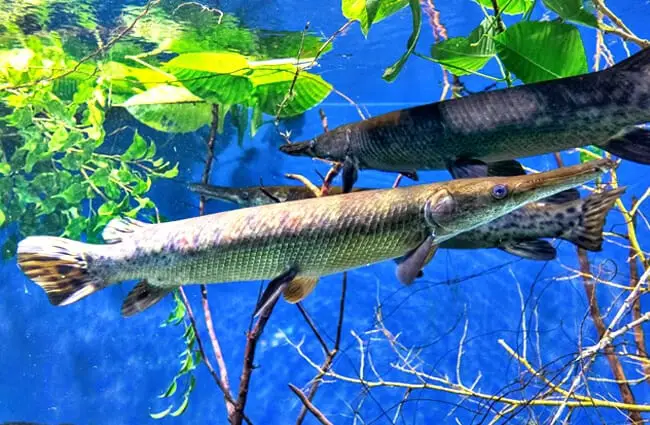
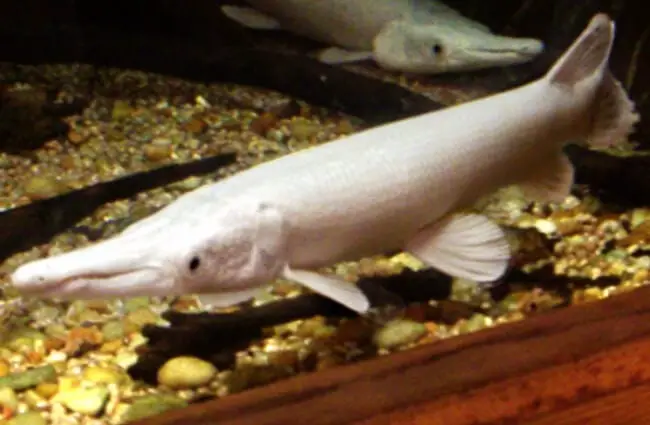
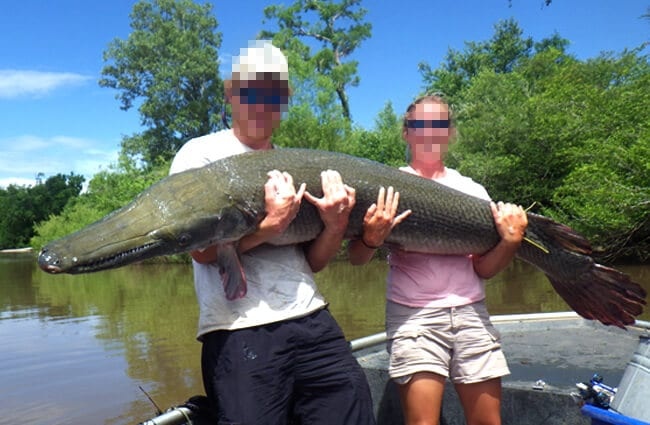

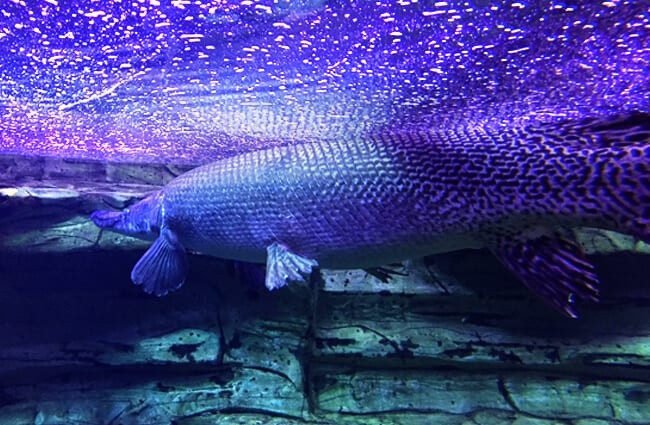



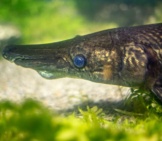
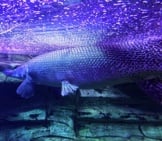
![Red Angus Closeup of a beautiful Red Angus cowPhoto by: U.S. Department of Agriculture [pubic domain]https://creativecommons.org/licenses/by/2.0/](https://animals.net/wp-content/uploads/2020/03/Red-Angus-4-238x178.jpg)












![Red Angus Closeup of a beautiful Red Angus cowPhoto by: U.S. Department of Agriculture [pubic domain]https://creativecommons.org/licenses/by/2.0/](https://animals.net/wp-content/uploads/2020/03/Red-Angus-4-100x75.jpg)

